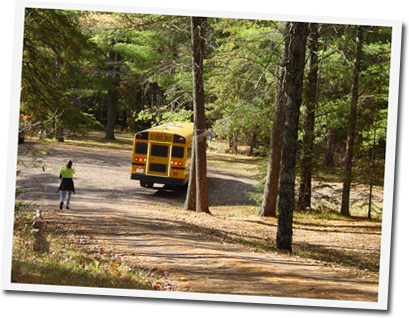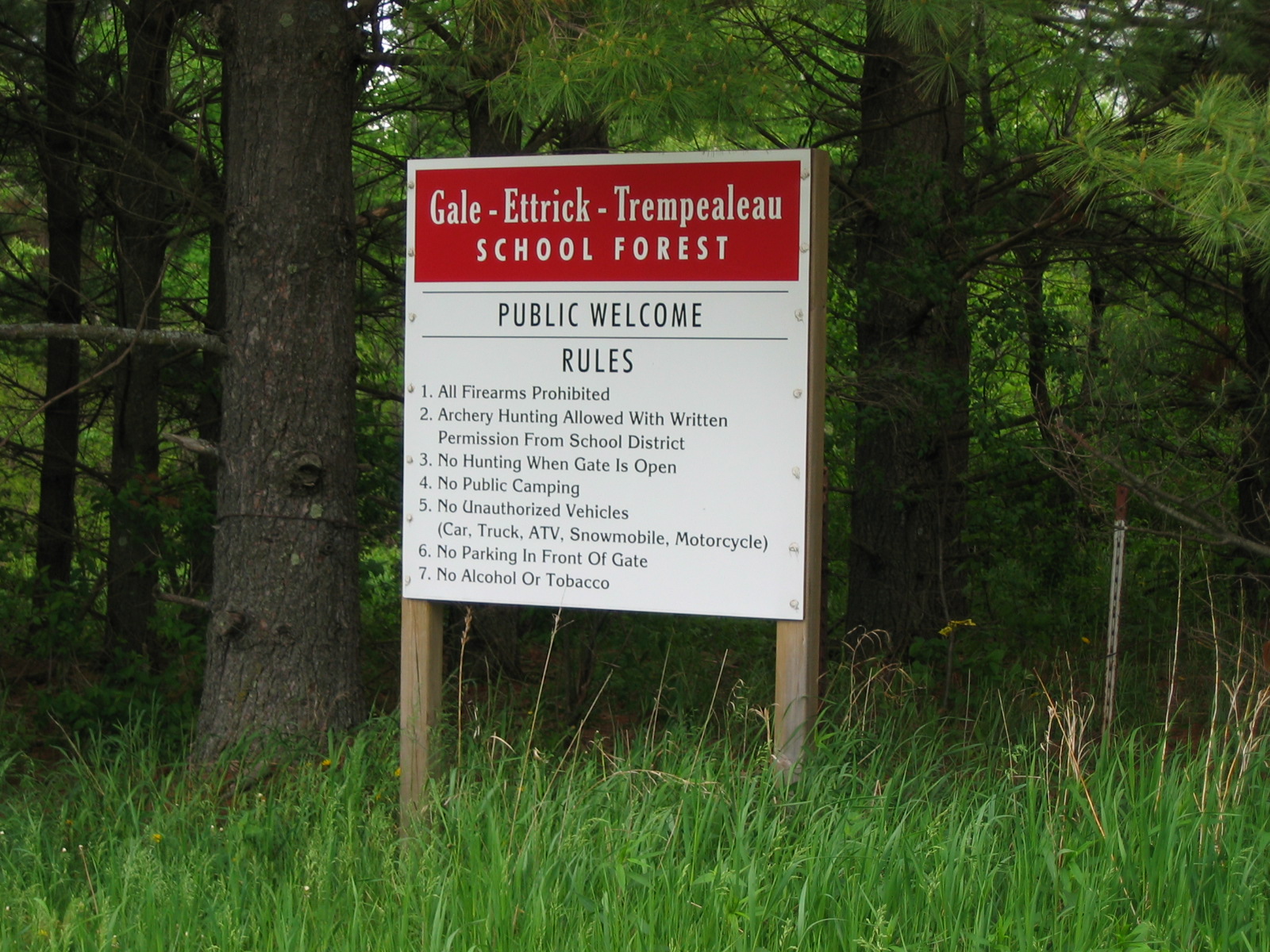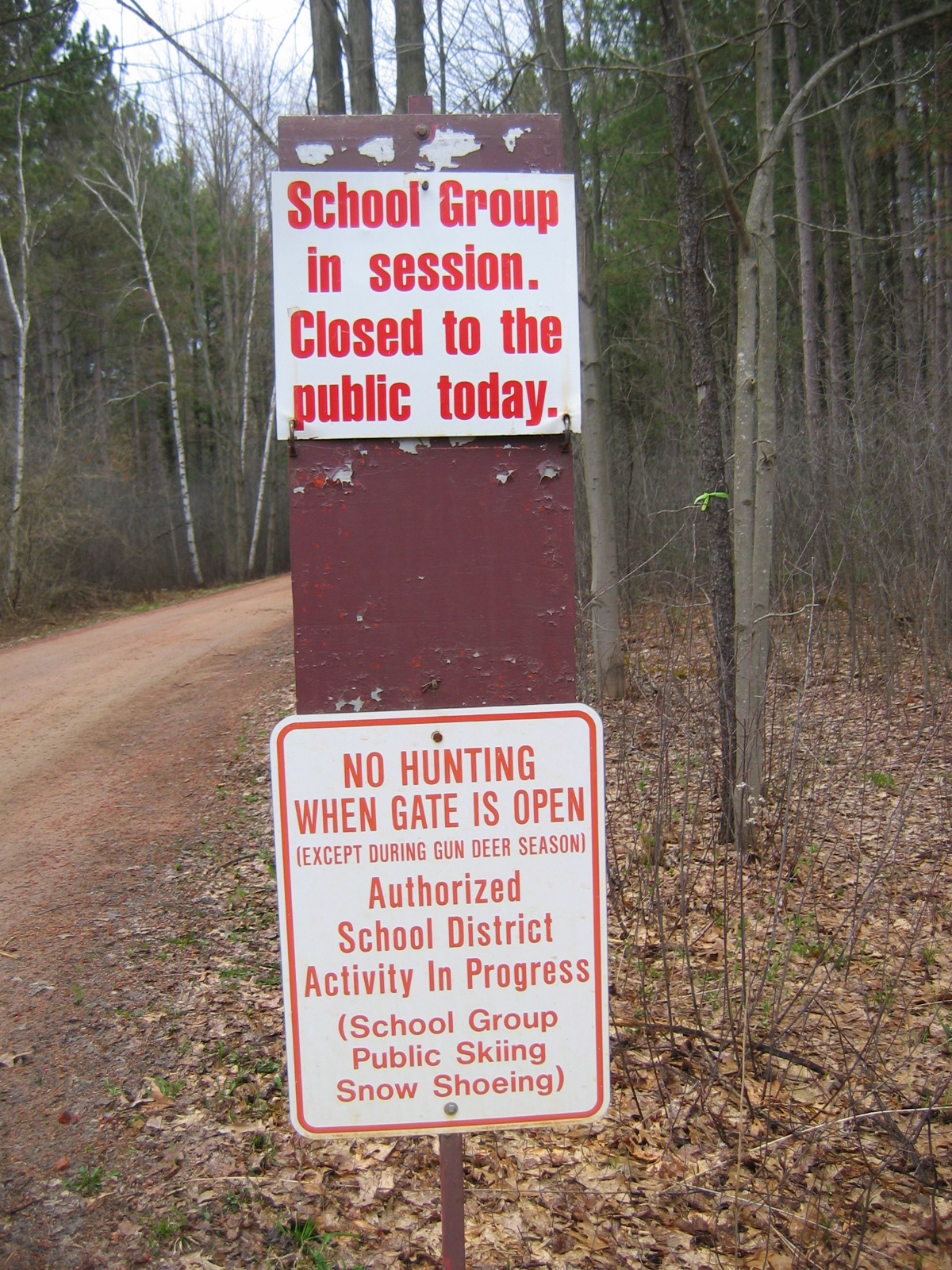School Forest Policy
State Community Forest Law
School forests are a particular kind of community forest owned or controlled by school districts. The first community forest law was passed in 1927. The law was updated in 1949 and 1965. Official text of the law can be found in Section 20 of Chapter 28.
School Board Resolution to Register Land as a School Forest
When registering land as a school forest, the school board should adopt a resolution dedicating the land to be used as a school forest. You can find examples of these resolutions here for:
 Butternut School Forest Policy
Butternut School Forest Policy Mount Horeb SB resolution.pdf
Mount Horeb SB resolution.pdf
Land Use Agreements
A school district does not have to own property to have an official school forest. A district just needs to have legal control of a piece of property. Conservation easements and land use agreements allow for this option. With a land use agreement, the school district is entering into an agreement with a municipality to allow that property to be used as a school forest by the district. In a conservation easement, a landowner grants the district special uses of the property, thereby eliminating the possibility of development on the land in the future and providing the district with a school forest.
Examples of these documents:
 Weyauwega-Fremont Land Use Agreement
Weyauwega-Fremont Land Use Agreement
 Conservation Easement for Tri-County School Forest
Conservation Easement for Tri-County School Forest
 McFarland_School Forest Land Use Agreement
McFarland_School Forest Land Use Agreement
School Forest Funds
Whenever possible, we encourage districts to set aside a separate school forest fund for any income produced by or at the school forest instead of having the money go back to the district’s general fund. This separate school forest fund should support educational activities at the school forest. The Boston School Forest Policy in Stevens Point created a policy for a specific fund for school forest income.
School Forest Facility Use and Rental Policies
Many school forests have the opportunity to allow community members, groups, and organizations on their land. Some school forests receive rental income when non-school groups utilize the facilities on the land. Here are some examples of school forest facility use and rental policies.
 DC Everest School Forst Facility Use Policy
DC Everest School Forst Facility Use Policy
 Marshfield School Forest Policy
Marshfield School Forest Policy
 Merrill School Forest of Non-School Use Policy
Merrill School Forest of Non-School Use Policy
 Rahr Memorial School Forest Non-School Use Policy
Rahr Memorial School Forest Non-School Use Policy
Hunting on School Forests
Hunting is an important tradition and tool to control deer and other wildlife species in Wisconsin. Recently, there has been considerable interest about the topic of hunting on school forests. Wisconsin Act 290 was created to clarify the issue of hunting on school forests. The statute specifically provides school boards the opportunity to allow hunting on school forests. The statute also amended related statutes (including "Gun-free school zones" and "Dangerous weapons other than firearms on school premises") to allow for exceptions when a school board allows hunting on its school forests.
 Example Policy Regarding Weapons and Hunting on a School Forest
Example Policy Regarding Weapons and Hunting on a School Forest
 Entrance sign at Gale-Ettrick-Trempealeau School Forest
Entrance sign at Gale-Ettrick-Trempealeau School Forest
- Click the image to view
 Entrance sign at Marshfield School Forest
Entrance sign at Marshfield School Forest
- Click the image to view
